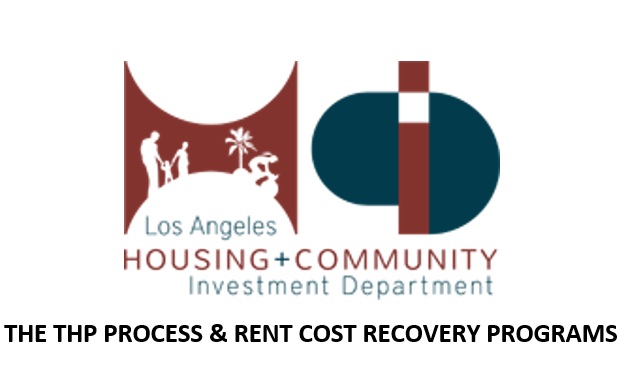Recent reports indicate thousands of Los Angeles apartment owners required to retrofit their buildings against earthquakes have not begun the work.
So far, of the more than 12,000 apartments at risk of earthquake damage, about 9,700 have filed the initial permit to begin work, another 2,200 have hired contractors and have projects underway, and 269 owners have taken no action so far, USC’s Annenberg School for Communications determined.
Are you among them?

Photo Credit to Los Angeles Housing + Community Investment Department
As a member of AAGLA, you probably own at least one apartment building in Los Angeles. And if your building is a soft-story structure built before 1978, it likely needs a retrofit under the city’s 2015 ordinance.
If that’s the case, you should have been sent an order to comply in 2016 or 2017. You were given two years to submit proof of having had a previous retrofit done, or to submit plans to demolish correct?? the property. From there, you have 3.5 years obtain a permit to start construction and seven years to finish the job.
Under that timeline, affected soft-story owners should by now have filed for their permits. Those who haven’t may be concerned about the costs.
Cost Recovery Program Helps
The good news is the city is letting apartment owners recover up to 50% of the cost of their retrofit under its Seismic Retrofit Work Cost Recovery Program.
Under this program, you can recover up to half the cost of your retrofit through rent increases of a maximum of $38 per month for 10 years. (If that’s not enough time, the recovery period can be extended.)
I’ve written many times about the cost benefits of seismic retrofits for all types of commercial property owners.
Caltech researches say that property owners can expect to save up to seven dollars for every dollar spent on a retrofit.
It also determined that retrofits are cost-effective when projected annualized loss would be reduced by 50% or more (which a retrofit would do) at a cost that would equal no more than 10% of the building.
Given that, let’s factor in the cost recovery program.
A typical case study for a Los Angeles soft-story structure might look something like this:
- Apartment Building Value: $250,000 per unit
- Retrofit Cost: $7,500 per unit
- Cost/Value Ratio: .03
Retrofits are not guaranteed to prevent earthquake damage, but they do significantly decrease the likelihood of damage. Even without the cost recovery program, this is a sound financial decision. After all, if the retrofit costs just 3% of the value of the structure (calculated according to the model above), that cost/value ratio would drop to just .015 — or 1.5% of the value of the building.
- Total Cost/Value Ratio: 1.5%
Is saving your building work 1.5% of its value? (This is much less than the 10% guideline cited in the Caltech study above.)
Bear in mind that our numbers so far have addressed only properly loss. Other factors to consider might include:
- Liability associated with damage, death and injury due to fact you are knowingly maintaining a hazardous condition
- Loss of income when a building is destroyed or red-tagged to restrict occupancy
- Ongoing financial obligations tied to the original mortgage loan
- Demolition costs including abatement of asbestos and lead contaminants
- Reconstruction and code upgrade costs, as well as cost overruns of liability issues, loss of life, and loss of income during recovery.
It Pays to Have the Work Done
It’s true, none of us likes to spend money. And risk assessment gets complicated because it forces us to think about the bad things that may be lurking just around the corner.
But we’ve just done the math.
The questions, under this general scenario, are: Would you spend 1.5% of the value of your property to protect it and save $7 for every dollar spent?







Leave A Comment